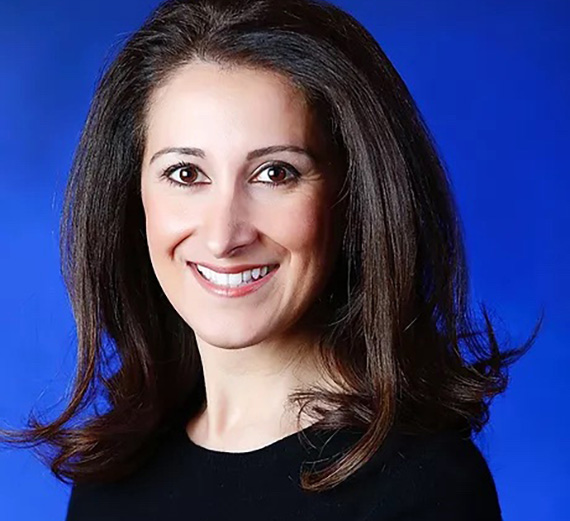By Laleh Sharifian
Dental sedationist
BDS (London.), MFDS RCS (Eng.) Dip DSed
1st Floor, 21 Wimpole Street, London W1G 8GG | Tel. 020 7636 3101 | Mail. admin@trdp.co.uk
Sedation for your comfort
About Dr. Laleh Sharifian
I have been thoroughly enjoying this fulfilling role for over 20 years and absolutely love making dentistry a breeze for our patients. I qualified in Dentistry from Guys Hospital in 1999 having developed an early interest in sedation and dental anxiety. I chose to do my final year research within this field and was awarded the Malleson prize. I attained my post graduate diploma in sedation at GKT in 2002 under renowned leaders in this field, Dr David Craig and Dr Carole Boyle and am privileged to be part of the faculty of Society for Advancement of Anaesthesia in Dentistry ( SAAD).

About Dental Sedation
Intra-venous sedation is widely used in the dental and medical professions.
It is a way of helping patients relax during procedures that:
-Cause anxiety
-Are unpleasant
-Are of long duration.
A sedative is given into a vein, usually in your arm. The drug that is used is similar to Valium. They create a feeling of relaxation, and drowsiness. They also have an anti-anxiety effect. Local anaesthetic is used to ensure there is no pain.
You are not put to sleep during IV sedation; however, many patients are relaxed to the point of falling asleep. You will be aware of the dentist working on you, however, and it is important to not be expecting to be totally asleep. We will talk to you and check that you are comfortable during the procedure. You will normally have very little or no memory of the procedure.
Your pulse, blood pressure and blood oxygen levels are monitored throughout the procedure.
It is a way of helping patients relax during procedures that:
-Cause anxiety
-Are unpleasant
-Are of long duration.
A sedative is given into a vein, usually in your arm. The drug that is used is similar to Valium. They create a feeling of relaxation, and drowsiness. They also have an anti-anxiety effect. Local anaesthetic is used to ensure there is no pain.
You are not put to sleep during IV sedation; however, many patients are relaxed to the point of falling asleep. You will be aware of the dentist working on you, however, and it is important to not be expecting to be totally asleep. We will talk to you and check that you are comfortable during the procedure. You will normally have very little or no memory of the procedure.
Your pulse, blood pressure and blood oxygen levels are monitored throughout the procedure.
